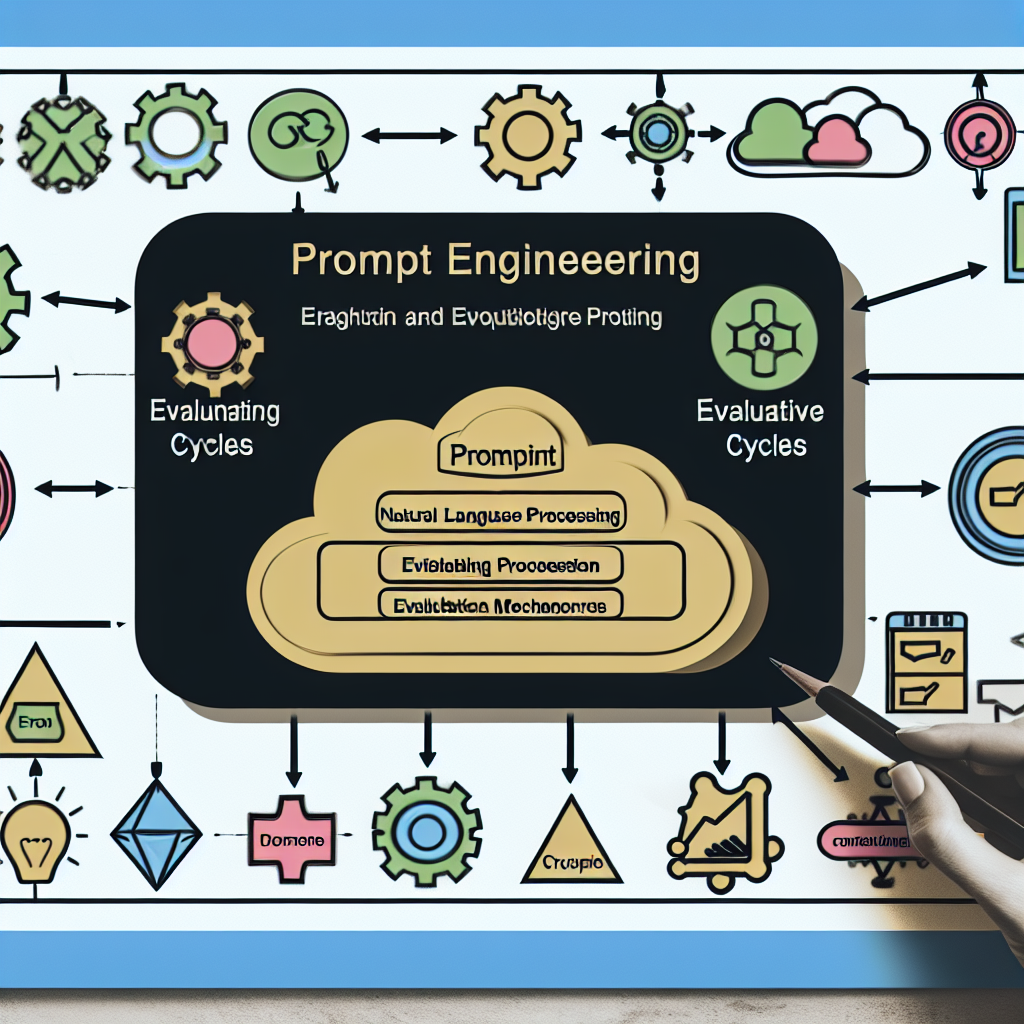Did you know that well-crafted prompts can improve AI output accuracy by up to 40%? In the rapidly evolving field of artificial intelligence, prompt engineering has emerged as a critical skill for maximizing the potential of AI language models. I’ve spent countless hours testing different frameworks, and I’m excited to share the most effective approaches that will transform how you interact with AI!
Understanding the World of Prompt Engineering
Just as a master chef needs to understand their ingredients, prompt engineering requires a solid grasp of its fundamental elements. Let’s explore this fascinating field that’s revolutionizing how we interact with AI.
The Foundation: What Makes Prompt Engineering Tick
Think of prompt engineering as the art of speaking AI’s language. Much like learning any new language, it requires understanding both vocabulary and grammar. For instance, when you’re asking your smart home device to play music, the way you phrase your request can make all the difference between getting your favorite jazz playlist or random pop songs.
The Building Blocks of Effective Prompts
Consider prompts as recipes – they need the right ingredients in the right proportions. Just as you wouldn’t bake a cake without following specific measurements, effective prompts require careful attention to detail and structure.
Frameworks: Your Prompt Engineering Compass
Frameworks serve as your trusty roadmap in the prompt engineering journey. They’re like the GPS of the AI world, helping you navigate from point A to point B with precision and reliability.
Navigating Common Pitfalls
Even seasoned developers occasionally stumble when crafting prompts. It’s similar to learning to ride a bike – you might fall a few times before finding your balance.
Exploring Popular Prompt Engineering Frameworks
Deep Dive into CRISPE
The CRISPE framework is like a well-organized toolbox, with each component serving a specific purpose in creating effective prompts. Many developers find it as essential as their morning coffee.
Mastering RICT Methodology
Role-Instruction-Context-Task (RICT) methodology works like a well-oiled machine, with each component complementing the others. Consider it the Swiss Army knife of prompt engineering.
Chain-of-Thought: Connecting the Dots
This approach mirrors human thinking patterns, much like solving a complex puzzle piece by piece. It’s particularly effective when dealing with multi-step problems.
Zero-shot vs. Few-shot: Choosing Your Strategy
Like choosing between a sprint and a marathon, each approach has its unique advantages depending on your specific needs.
Crafting Your Prompt Templates
Template Architecture 101
Just as architects draft blueprints before construction, well-structured templates form the backbone of successful prompt engineering.
Tailoring Templates to Your Needs
Customization is key – think of it as tailoring a suit to fit perfectly rather than settling for off-the-rack solutions.
Managing Template Evolution
Like software development, prompt templates benefit from version control and systematic iteration.
Resource Navigation
The prompt engineering community offers a wealth of template libraries, similar to how GitHub serves the coding community.
Taking Framework Implementation to the Next Level
Synergizing Multiple Frameworks
Like a master chef combining different cooking techniques, advanced prompt engineering often requires blending multiple frameworks.
Handling the Unexpected
Robust error handling is crucial – think of it as installing airbags in your car, hoping you’ll never need them but grateful when you do.
Fine-tuning for Peak Performance
Optimization is an ongoing process, much like training for a marathon – small improvements add up to significant gains.
Choosing the Right Tools
Selecting appropriate frameworks is like choosing the right tool for a job – you wouldn’t use a hammer to tighten a screw.
The Science of Improvement
Measuring Success
Tracking performance metrics is like monitoring vital signs – it tells you whether your prompts are healthy and effective.
Testing Like a Pro
A/B testing in prompt engineering is similar to taste-testing recipes – it helps you perfect your formula through comparison.
The Improvement Loop
Continuous improvement is like tending a garden – regular care and attention lead to better results.
Keeping Track
Proper documentation serves as your project’s memory, ensuring valuable insights aren’t lost in the shuffle.
Conclusion
Mastering prompt engineering frameworks is essential for anyone working with AI systems. By implementing these structured approaches and continuously refining your techniques, you’ll significantly improve your AI interactions. Start with one framework and gradually expand your toolkit – your AI outputs will thank you for it!

